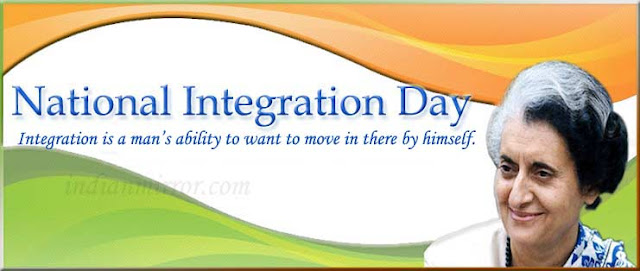The Races and Languages of Mankind
We cannot say in what part of the world man first came into existence, nor do we know where the first human settlements were. Perhaps men came into existence in several parts at more or less the same time. It is likely, however, that when the great glaciers of the Ice Age were melting away and going back towards the north, men lived in the warmer regions. When the ice went, there must have been vast steppes, something like the tundras which we have in Siberia now. These must have become grasslands, and men must have wandered about them as they wanted grass for their cattle. These people who have no fixed place to live in and are always wandering about are called 'nomads'. Even now, we have some nomads in many countries, including India, like the gypsies.
People must have settled down near great rivers, for the land near the rivers was very rich and good for agriculture. There was plenty of water and it was easy to grow food on the land. So we suppose that people settled in India near the great rivers like the Indus and Ganges; and in Mesopotamia near the rivers Tigris and Euphrates; and in Egypt near the river Nile; and so also in China.
In India, the earliest race about which we know anything is the Dravidian race. Later, as we shall see, the Aryans came, and the Mongolians in the East. Even now most of the people living in South India are descended from the Dravidians. They are darker in colour than the northern people because perhaps the Dravidians have been much longer in India. The Dravidians were very advanced people and had their own languages and carried on a lot of business with other people. But we are going too fast ahead.
In those early days, a new race was developing in Central and Western Asia and in Eastern Europe. This is called the Aryan race. In Sanskrit there is the same word emi (Arya), meaning a gentleman or a high-born person. As Sanskrit was one of the languages of the Aryan peoples, this means that they considered themselves very gentlemanly and high-born! They were apparently quite as vain as people are now. You know that an Englishman thinks himself quite the first person on earth, and a Frenchman is equally sure that the French are the greatest people, so also the German and the American and others. These· Aryans wandered about Northern Asia and Europe over the wide grasslands. But as their numbers grew and the climate became drier and the land grassless, there was not enough food for all of them to eat. So they were forced to move to other parts of the world in search of food. They spread out all over Europe and came to India and Persia and Mesopotamia. Thus we find that nearly all the peoples of Europe and Northern India and Persia and Mesopotamia, although they differ so much from each other now, are really descended from the same ancestors-the Aryans. Of course, this was very long ago and since then much has happened and races have got mixed up to a large extent. The Aryans are therefore one great ancestor race of the peoples of the world today.
Another great race is the Mongolian. This spread out all over Eastern Asia-in China and Japan and Tibet, Siam and Burma. They are sometimes called the yellow race and you will find that they usually have high cheek bones and narrow eyes. The people of Africa and some other places are the Negroes. They are neither Aryans nor Mongolians, and are very dark in colour. The peoples of Arabia and Palestine-the Arabs and Hebrews-belong to yet a different race. All these races have, in the course of thousands of years, split up into many smaller races and got a little mixed up, but we need not trouble ourselves about these. An important and interesting way of distinguishing between different races is by studying their languages. Each race had originally a separate language, but in the course of time, many languages developed from this one language. But all these languages were the children of one parent language and belong to the same family. We can easily spot common words in them and see the connexion between different languages.
When the Aryans spread out over Asia and Europe, they could not remain in touch with each other. In those days there were no railways or telegraphs or posts or even written books. So each group of Aryans began to speak the same language, each in its own way, and after some time this became quite different from the parent language or from its cousins in other Aryan countries. For this reason we now find so many languages in the world.
We shall find, however, if we study these languages that although they are so many, the parent languages are few. For instance, wherever the Aryans went the language belonged to the Aryan family. Sanskrit and Latin and Greek and English, French, German, Italian and some other languages are all cousins and belong to the Aryan family. Many of our Indian languages like Hindi, Urdu, Bengali, Marathi and Gujarati are all children of Sanskrit and so they also belong to the Aryan family.
Another big language family is the Chinese. This has Chinese, Burmese, Tibetan and Siamese.
A third group is the Semitic, which includes Arabic and Hebrew. Some languages like Turkish and Japanese do not fall into any of these three groups. Some of the languages of South India, like Tamil and Telugu and Malayalam and Canarese also do not belong to these groups. These four are of the Dravidian family and are very old.

Comments
Post a Comment